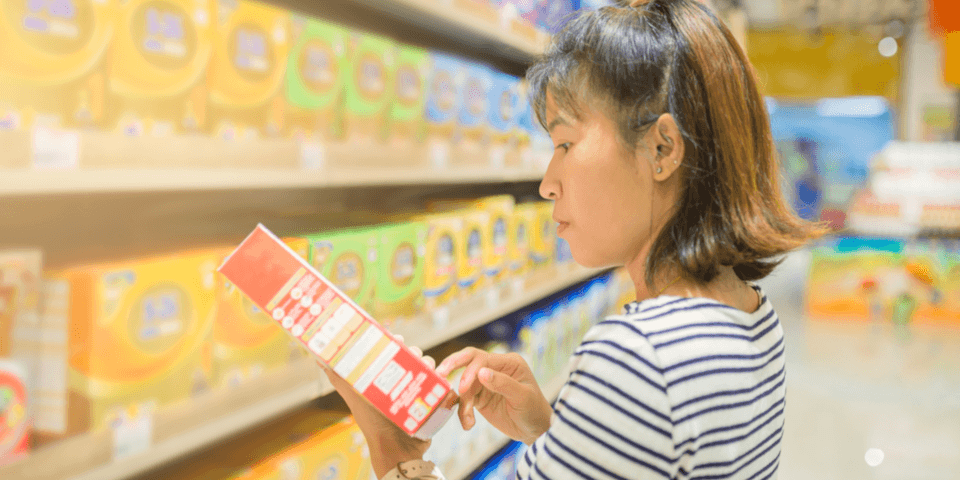From July 1, the Australian Competition and Consumer Commission (ACCC) will start checking compliance with the Country of Origin Food Labelling Information Standard.
The ACCC will carry out checks on 10,000 food products to ensure businesses are displaying the new labels correctly. All businesses, including manufacturers, processors and importers that offer food for retail sale in Australia, will need to comply with the Country of Origin Food Labelling Information Standard, which specifies how claims can be made about the origin of food products.
The new standard will apply to most food offered for retail sale in Australia, including food sold in stores, markets, online, or from a vending machine. It doesn’t include food sold in restaurants, cafés, takeaways or schools.
“Consumers should look out for the new labels if they want to find out where their food is grown, produced, made or packed, so they can make an informed decision about the food they buy,” ACCC Deputy Chair Mick Keogh said.
“We’ve been providing guidance for businesses over the past two years about the new food-labelling system, including how to apply and interpret the standard. We’re now entering the compliance phase, where we’re making sure businesses are presenting accurate information about country of origin to their customers.”
The ACCC’s market surveillance aims to identify businesses that may not be complying with the food-labelling laws.
“We have people on the ground to carry out these inspections and will initially focus on fresh or short-shelf products sold by supermarkets, both large and small,” Mr Keogh said. “We will raise concerns with businesses where we believe there is an issue with country-of-origin labelling. As always, we’re able to escalate cases which warrant stronger action.”
One company already working closely with retailers to make sure their food suppliers are ready is GS1 Australia.
GS1’s Head of Data & Digital Content Services John Hearn said, “Our collaboration with the retailers supports the shared vision of providing consumers with clearer information about the origins of their food.
“It also provides food suppliers with solutions to upload and share their country-of-origin attribute data with retailers who use our digital services.”
Read more about country-of-origin food-labelling guidance here.




